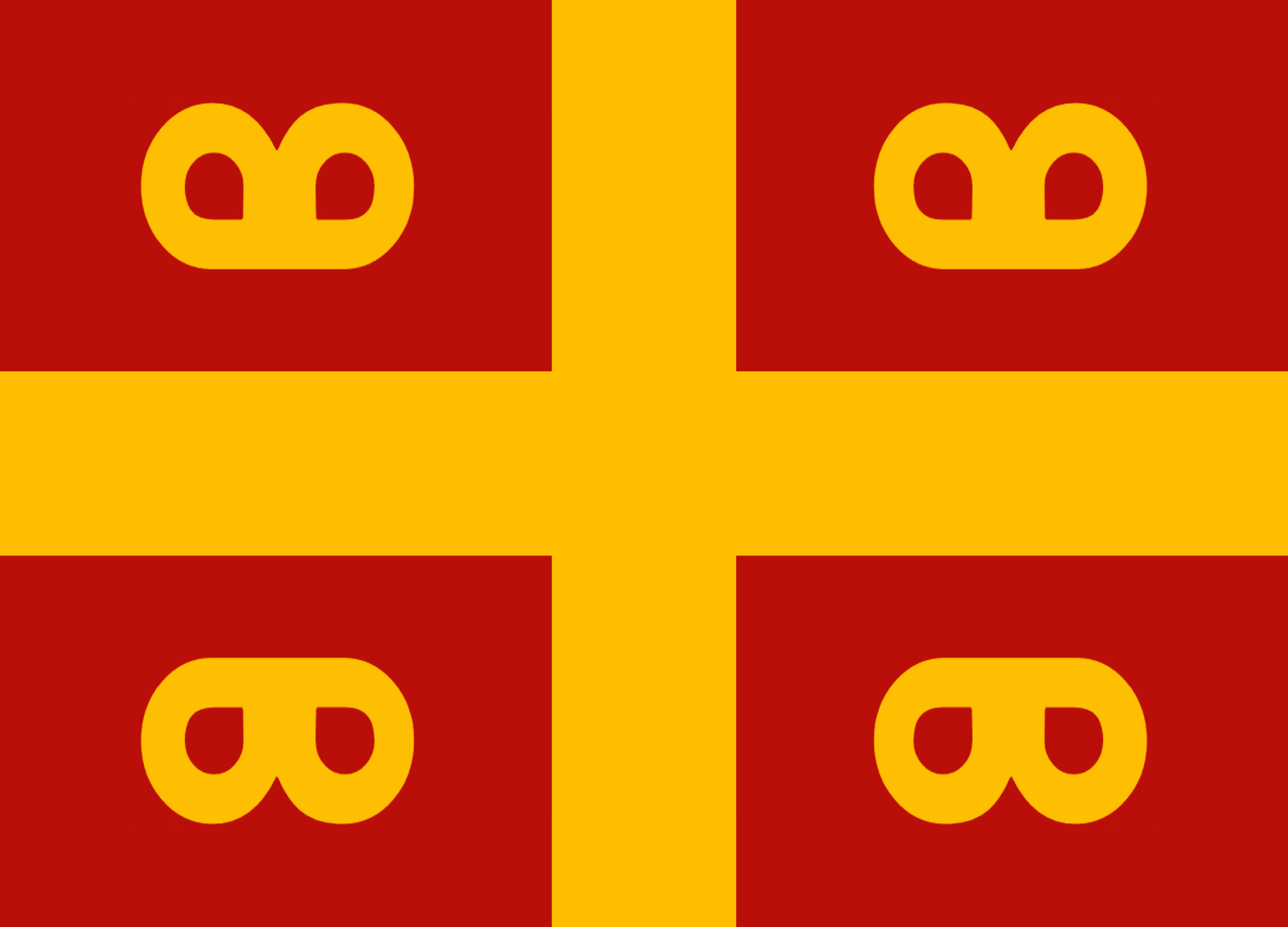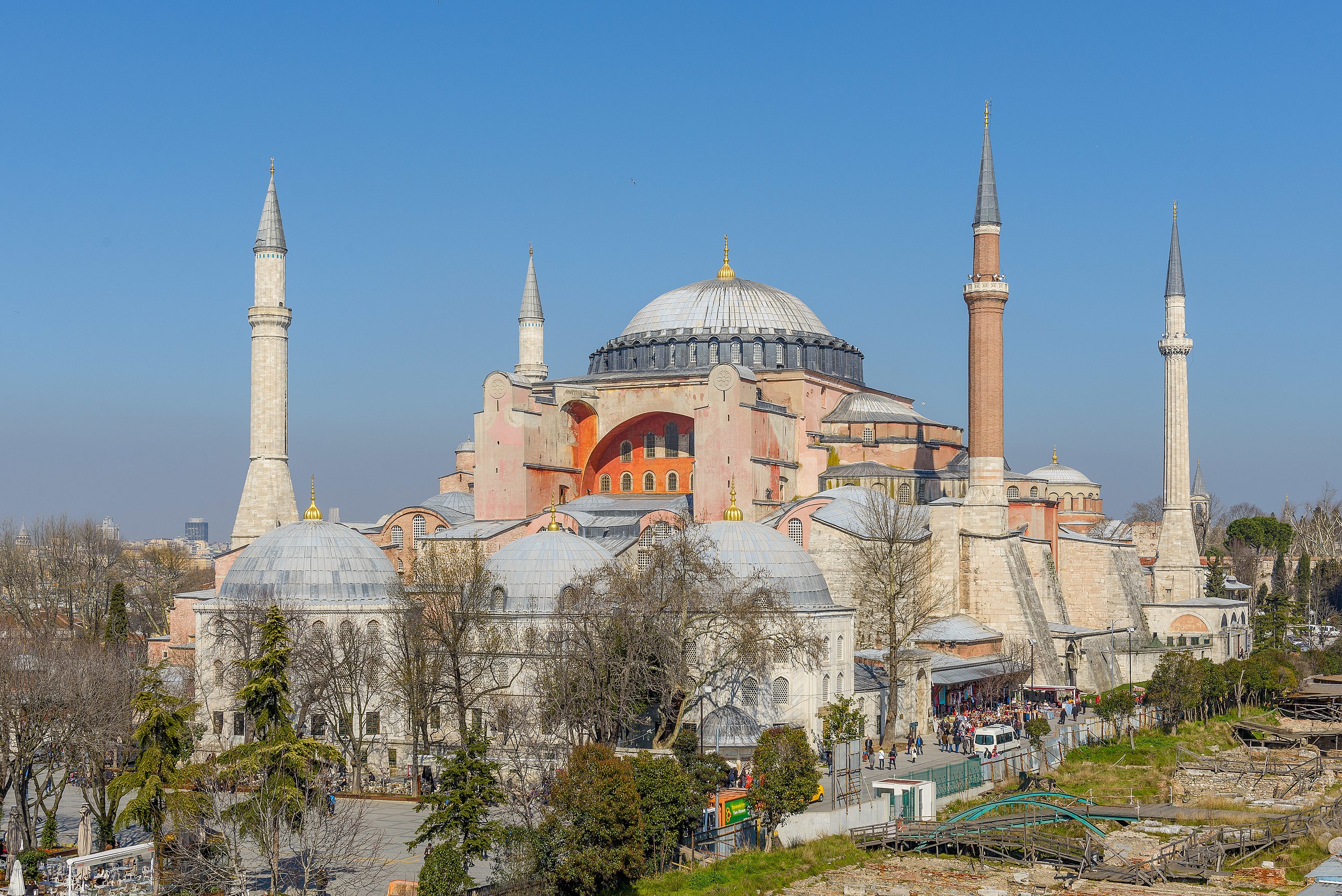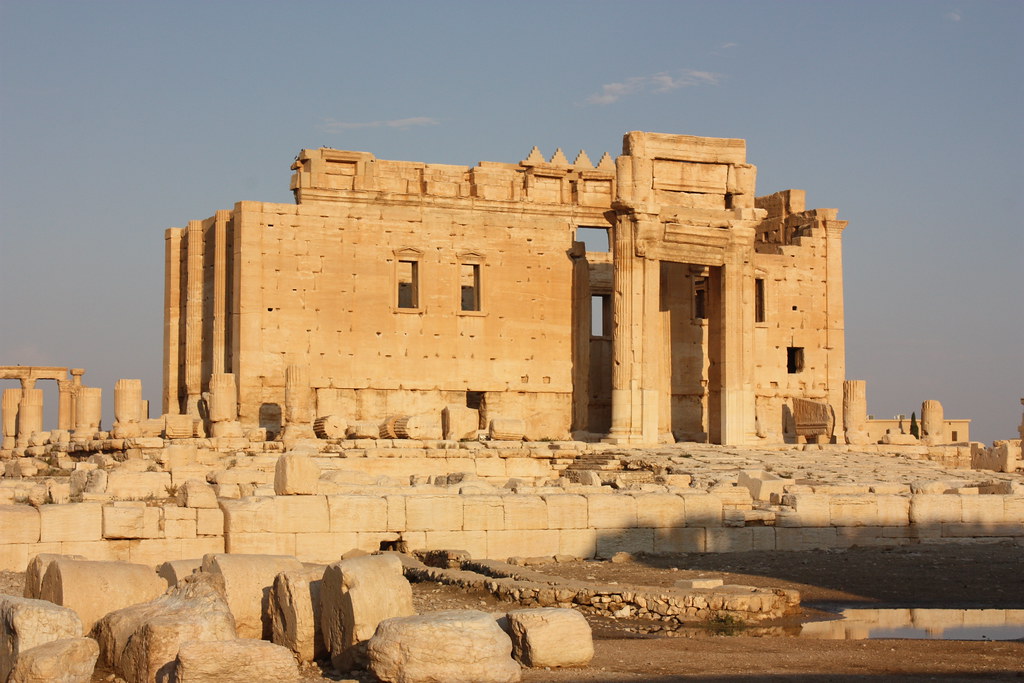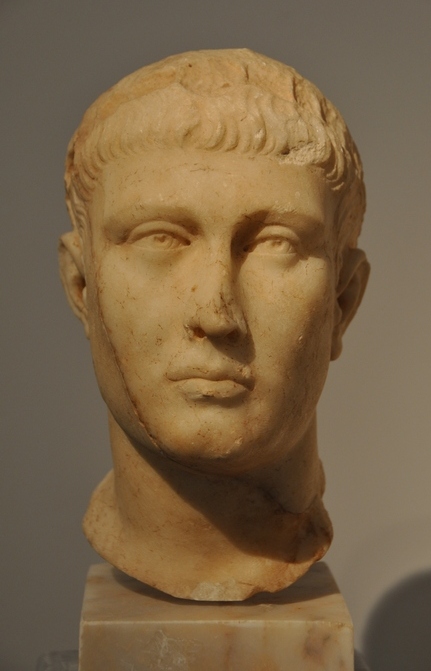The Byzantine Empire, also referred to as the Eastern Roman Empire or Byzantium, was the continuation of the Roman Empire in its eastern provinces during Late Antiquity and the Middle Ages, that is from 330 to 1453 AD.

Image source: https://en.wikipedia.org/wiki/Palaiologos

Surviving the Fall of the West
The Eastern Roman Empire survived the fall of the Western Roman Empire in 476 AD and it continued to exist for another thousand years until its fall under the Ottoman Turks in 1453. During its existence, the empire was the most powerful economic, cultural and military force in Europe. Both “Byzantine Empire” and “Eastern Roman Empire” are terms created after the end of the kingdom; its citizens referred to their empire as the Roman Empire or Romania, and themselves as “Romans”.

Image source: https://en.wikipedia.org/wiki/Byzantine_Empire_under_the_Constantinian_and_Valentinian_dynasties
Byzantine Architecture and its Characteristics
Byzantine architecture flourished under the rule of the Roman Emperor Justinian. It was characterized by the use of internal mosaics, and a raised dome, the result of the latest engineering techniques of the 6th Century. Byzantine architecture dominated the eastern half of the Roman Empire during the reign of Justinian the Great, spanning the centuries, from 330 until the fall of Constantinople in 1453 to today’s ecclesiastical architecture.
Byzantine architecture mixed Western and Middle Eastern architectural details and ways. The builders renounced the Classical Order in favor of columns with decorative tiles inspired by Middle Eastern designs. Mosaic decorations and narratives were common. For example, the mosaic image of Justinian in the Basilica of San Vitale in Ravenna, Italy, honors the Roman Christian Emperor.
The early Middle Ages was also a period of experimentation with construction methods and materials. The skylight windows were useful for natural light and ventilation of an otherwise dark and smoky building.

Image source:https://search.creativecommons.org/photos/7c0b5229-a50d-4b09-8eaf-1f72ed953fa6 by Tango7174

Image source: https://search.creativecommons.org/photos/476c84d7-6216-4a35-8cc9-c68dec76c67b
Construction and Engineering Techniques
Byzantine builders experimented with different construction methods. Art historian Hans Buchwald writes that “sophisticated methods have been developed to ensure structural solidities, such as deep foundations, wooden tie rod systems in vaults, walls and foundations, and metal chains placed horizontally within the masonry”.
Byzantine engineers used plumes to elevate domes to new heights. With this technique, a dome can rise from the top of a vertical cylinder, giving height to the dome. Like the Church of Hagia Irene, the exterior of the Church of San Vitale in Ravenna, Italy is characterized by its silo-like plume construction. A good example of plumes seen from the inside is the interior of the Church of Hagia Sophia in Istanbul, one of the most famous Byzantine structures in the world.

Image source: https://en.wikipedia.org/wiki/Constantinople#/media/File:Hagia_Sophia_Mars_2013.jpg
The Extent of the Empire
With its capital founded in Constantinople by Constantine I (r. 306-337 CE), the Empire varied in size by possessing territories located in Italy, Greece, the Balkans, the Levant, Asia Minor, and North Africa. Although influenced by the Greco-Roman cultural tradition, the Byzantines developed their political systems, religious practices, art, and architecture, distinct from ancient Rome. The influence of the Byzantine Empire continues today, in the religion, art, architecture, and law of many Western states, Russia, Eastern, and Central Europe.
Economic and Social Policies

The empire’s economy had prospered intermittently. Certain provinces or parts of them prospered both commercially and agriculturally. Constantinople, in particular, influenced urban growth and the exploitation of agricultural borders. Balkan cities along the roads leading to the big city prospered, while others languished and even disappeared. For example, uncultivated land in the hilly regions of northern Syria fell under the plow to provide food for the masses of Constantinople and West African territories were ruined to provide gold to the Empire.
Image source:https://search.creativecommons.org/photos/0948f6af-1e4f-4230-86c5-96da43038694 by Arian Zwegers
Relations with the Barbarians
The differences between the Eastern and Western social structures, and the geographical characteristics, explain the different welcome found by the Germanic invaders of the 4th and 5th centuries in the East and the West. The initial interaction between Roman and barbarians was not friendly; the Romans appeared to have exploited their unwelcome guests, and the Goths rose in anger, defeating an East Roman army at Adrianople in 378 and killing the Eastern emperor in command. Emperor Theodosius I (ruled 384–395) granted the Goths the lands and granted them the legal status of allies, who fought in the ranks of the Roman armies as autonomous units under their leaders.

Image source: https://en.wikipedia.org/wiki/Theodosius_I#/media/File:Bust_of_Theodosius_I.jpg
Info sources:
https://www.ancient.eu/Byzantine_Empire/
https://en.wikipedia.org/wiki/Byzantine_Empire
https://www.britannica.com/place/Byzantine-Empire
https://www.thoughtco.com/what-is-byzantine-architecture-4122211
